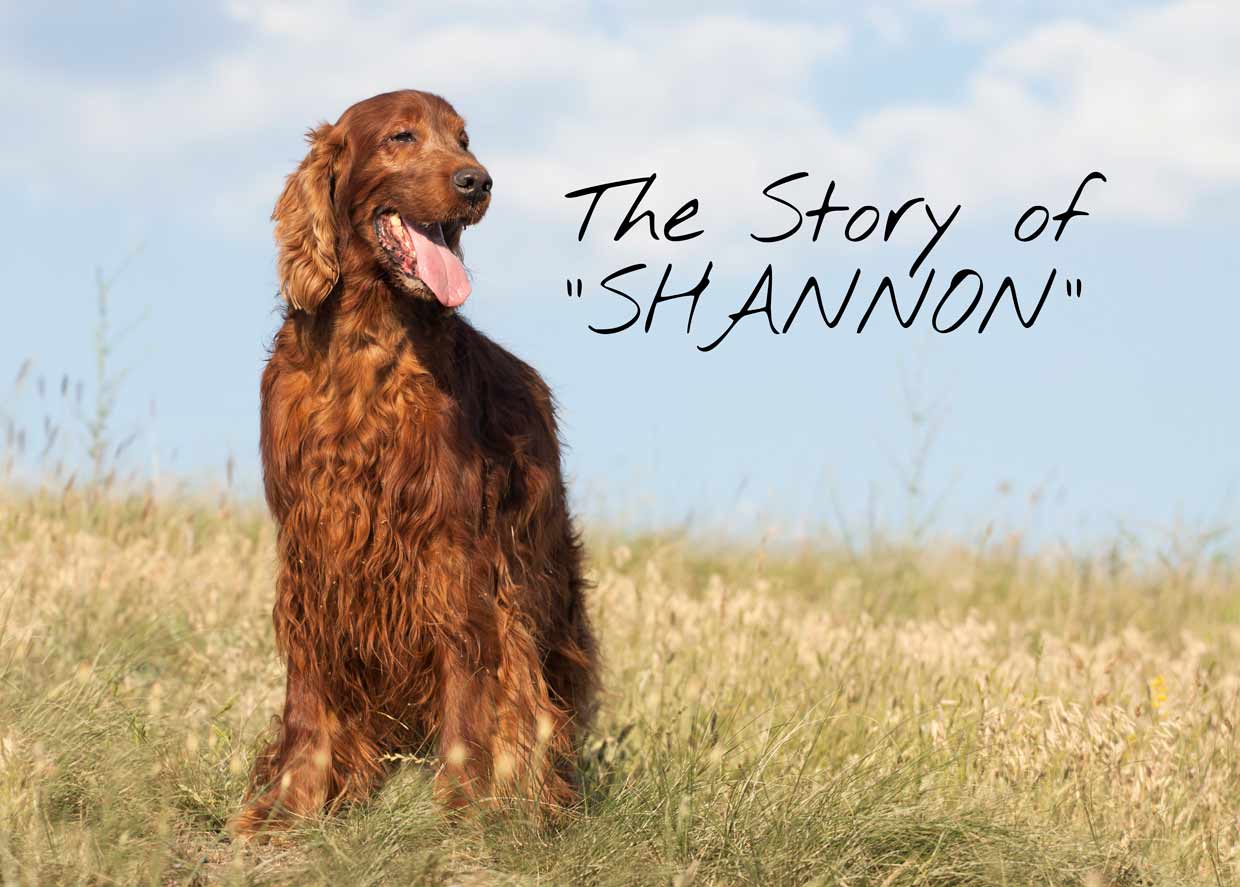When I visited San Antonio, Texas in February, the kitchen in the VRBO I’d rented had a counter with some mid-century modern stools that were heavenly for writing. They had a bottom-cradling seat, a buttery leatherish look and feel, and sturdy feet. I sat in that space and wrote in those early morning hours, savoring coffee and quiet solitude – just me and my thoughts.
I wish I had a writing space like this at home, I thought.

When I visited the Grove Park Inn in Asheville, North Carolina in April, I stayed directly across the hall from the rooms where F. Scott Fitzgerald stayed (his room overlooked the front doors, reportedly so he could see the fashionable women arriving and decide whether to go downstairs and meet them). His writing desk, which has been moved downstairs for display, was of solid oak and of perfect size.
I wish I had a writing desk like that at home, I thought.

What I have is a sage green living room chair and an undersized lap desk – the space where I generally write, which is driven more strongly by the hours I keep; most days, I’m up long before daybreak trying to avoid disturbing my still-sleeping husband and our dogs.
All of these writing spaces have inspired my thinking. I once wrote about famous authors and their affinity for certain fountain pens, which prompted my thinking about writers and their spaces. I did some research and have linked some articles in the sections below.
In his book On Writing, Stephen King says to put the desk in the corner of the room and turn so you’re facing the wall to avoid all distractions (he once wrote on a makeshift desk in a laundry room). That wasn’t the case with Mark Twain; he wrote in his own study, an octagon shape with windows, built for him by his sister-in-law because she didn’t like the pipe smoke in her parents’ house when he summered with them.
Lauretta Hannon, author of The Cracker Queen, has her own writing she-shed in Rome, Georgia. She also hosts writing sessions in The Labyrinth, an outdoor amphitheater in Rome, inviting guests to sit on the tiered seating levels to write.
Other writers, too, had small spaces designed specifically for writing. Roald Dahl had his own writing hut and sat in a comfortable chair with a board propped across the armpieces.
Like F. Scott Fitzgerald at the Grove Park Inn, J. K. Rowling also stayed in a hotel as she completed one of her books.
Edward Albee had quite the rolltop desk.
Ben Franklin reportedly wrote in the bathtub, and so did Agatha Christie, as she ate apples.
These varied perspectives of writing in different places fascinate me. The visual noise of other places is appealing; I find my sensory awareness elevated in places with which I’m unfamiliar. As I write this post, I’m sitting at the table inside our camper on Site 8 at Dames Ferry Campground in Juliette, Georgia – the lake is out the rear living window, and I see pedal boats, kayaks, swimmers with neon colored flotation devices so they don’t get hit by boats, and fishing boats all making waves on the lake. Out my table window, there’s a boy on a motorized scooter driving past a neighboring camper where a family is seated around the campfire at 4:30 p.m. Eastern time on this Sunday afternoon on Memorial Day weekend. It looks like three generations of women are walking past in their shorts and swimsuits, towels hanging from their arms, hair wet as they head in from the lake. The couple camping two sites down from us is driving by on an afternoon golf cart ride with their two little white Westies taking it all in from the back of the cart. And there are two boys with remote controlled cars jumping the speed humps at high speed right down the way.

My sage green chair offers none of these sights, but instead the comfort of writing at home – it’s predictable, it’s comfortable, it’s stationary and unchanging. Of all the places in this world that are growing increasingly unsafe, my green sage chair feels safe. But getting out into different places and writing from different locations breaks the monontony and keeps daily writing exciting.
My theme for June is changing perspectives, and I will challenge myself to get out of my chair and write from at least 15 different locations throughout the month. What’s the most unexpected or unique place where you have written, and what are your favorite writing spots? I’m all ears!
Luke 5:16
But he would withdraw to desolate places and pray.










































































